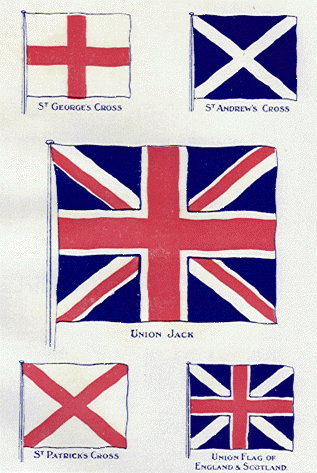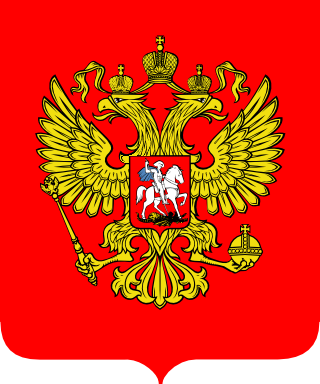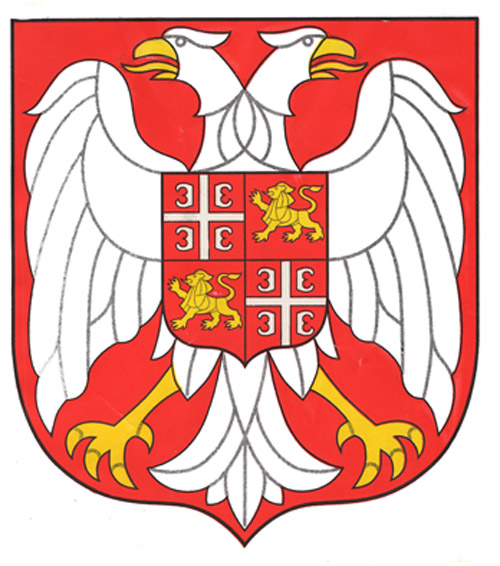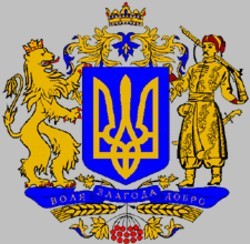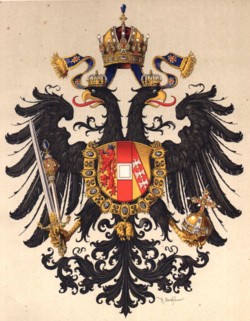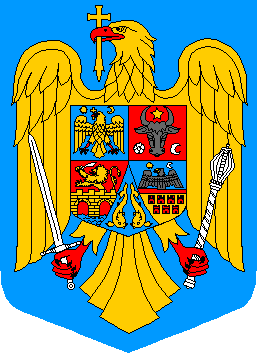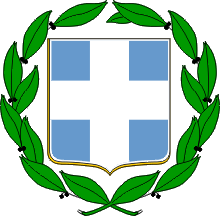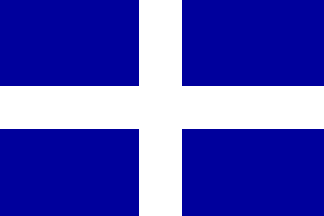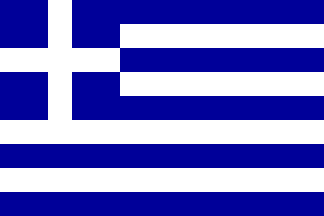Prince Vlad, or as he was called even in his own time,
Dracula (which means "Son of the Dragon") tops the list of Romania's many, many Christian crusaders who, in the transition years between the Middle Ages and the Renaissance, fought to keep the Muslim-faithed Ottoman Turks out of their country.
Odd that a name known for stirring nightmares actually belonged to a crusader of a religious cause!
Still, Dracula was not a saint. He ruled his military kingdom of Wallachia southern Romania with a heavy and blood-soaked fist. To not only the Turks but also to many of his own countrymen he was Vlad The Impaler,
Vlad Die Tepes (pronounced Tee-pish). Determined not to be overtaken by the intrigue of an intriguing political underhandedness, in a world in which princes fell daily to smiling, hypocritical "allies," paranoia among the aristocracy was, and probably needed to be, utmost in a sovereign's disposition. Dracula built a defense around him that dared not open kindness nor trust to anyone. During his tenure, he killed by the droves, impaling on a forest of spikes around his castle thousands of subjects who he saw as either traitors, would-be traitors or enemies to the security of Romania and the Roman Catholic Church. Sometimes, he slew merely to show other possible insurgents and criminals just what their fate would be if they became troublesome.
Vlad Dracula
(AP)A pamphlet published in Nuremburg, Germany, immediately following his death in 1476, tells of his burning beggars after allowing them free food at his court. "He felt they were eating the people's food for nothing, and could not repay it," the broadside explains. And there are countless of other tales of Dracula's wickedness written down ages ago, many of which will be related in this article.
But, Vlad Dracula was more than just a medieval despot. Biographers Radu R. Florescu and Raymond T. McNally call him "a man of many faces". He was a politician; a
voivode (warrior); an erudite and well-learned gentleman when the occasion-to-be fit; and, as has been indicated, he was a mass murderer. He spoke several languages Romanian, Turkish, Latin and German and steeped himself in the use of broadsword and crossbow. He was an equestrian, riding at the head of his attacking army like a
Berskerker. At three separate times, Dracula governed Wallachia, one of three Hungarian principalities that later merged with the others Transylvania (to the north) and Moldavia (to the east) to become the country of Romania. Because Wallachia, his province, sat directly above the open Danube River Plain, which separated the Ottoman Empire from free Romania, his was the frontal defense against the non- Christian Turks. Despite his cruelties and severe punishments, and because of his seething hatred for anything Turkish, he is considered today a national hero by the populace. Because he died in warfare against the foe, even fought against a brother whom he considered a sell-out to the enemy, he is often upheld as a martyr. Statues stand in his honor, and his birthplace at Sighisoara and resting-place at Snagov are considered almost canonical.
"Though many Westerners are baffled that a man whose political and military career was as steeped in blood as was that of Vlad Dracula," writes Elizabeth Miller for
Journal of the Dark magazine, "the fact remains that for many Romanians he is an icon of heroism...It is this duality that is part of his appeal."
The adventurous life led by Dracula put him in contact with the era's most fascinating people, among them "White Knight" Jonas Hunyadi, Hungarian King Matthias Corvinus and the ambitious Sultan Mehmed of Turkey. In his lifetime, Dracula witnessed the rising use of gunpowder as a means of destruction, the Holy Crusades, the fall of Constantinople and the
nouveau philosophy of art, alchemy and culture that became known as the Renaissance.

